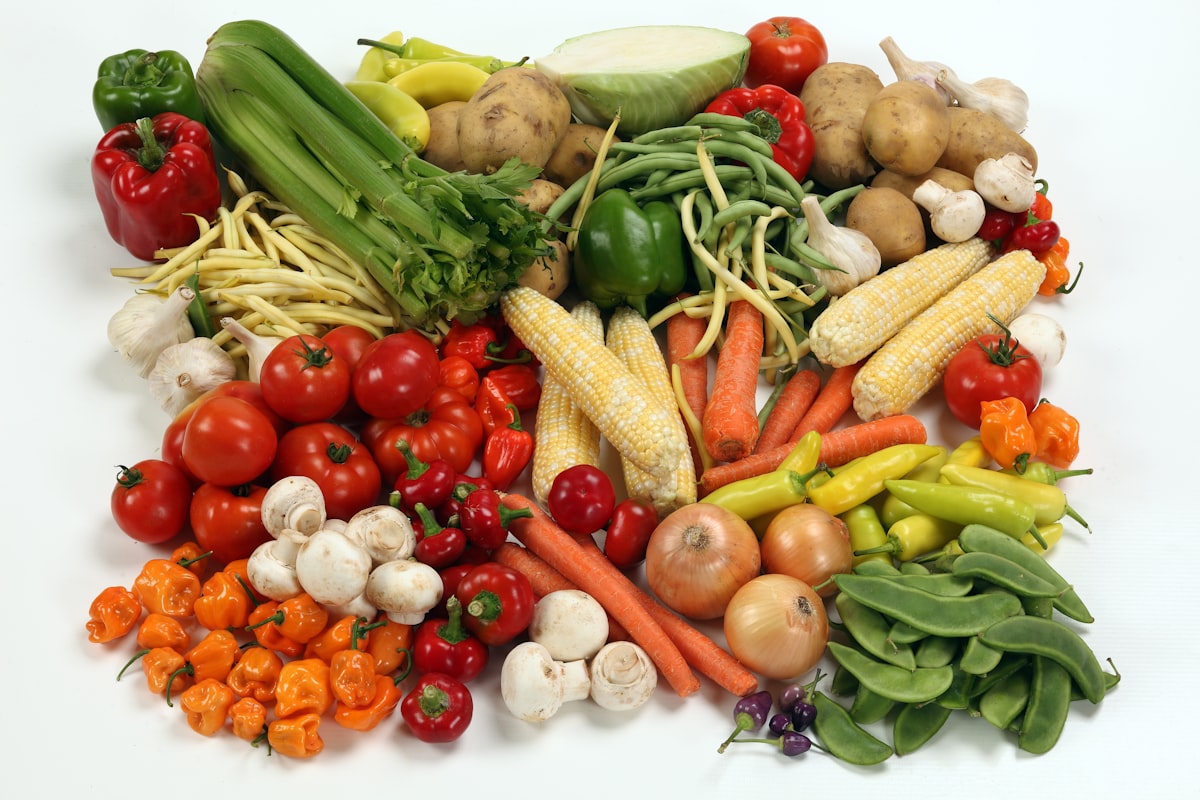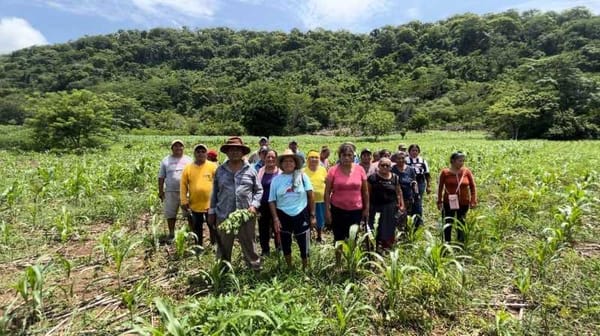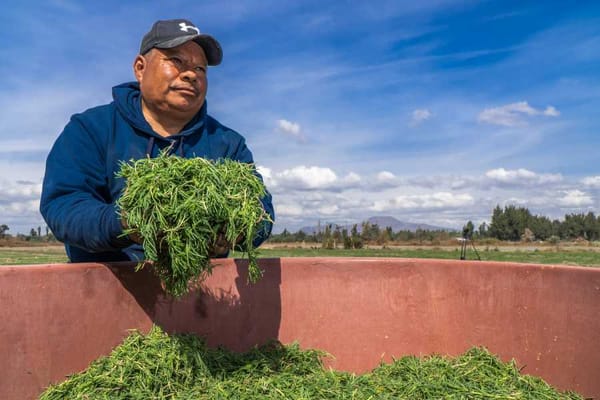Study reveals the diet of population groups that lived 400 years ago in Mexico City
Tell me what you eat...diet and health conditions in ancient indigenous and caste populations in Mexico City in the Colony. XVII and XVIII centuries.

During the Colony, the indigenous people who lived in Mexico City ate corn and vegetables, while beef seemed to them to have a bad taste and was very expensive. This was confirmed through chemical and historical analysis of 40 skeletons of individuals who lived 400 years ago.
The skeletal remains analyzed have a higher proportion of traces of strontium, a chemical element found in vegetables, which adhered to the bones of the indigenous people, unlike what was found in the skeletons of the castes, where the amount of magnesium and zinc was higher, indicating the consumption of meat and its derivatives.
The indigenous people did not like the taste of beef, they preferred vegetables, while the castes consumed bovine products and fruits brought from overseas.
The chemical data show that the indigenous people ate more vegetables than animal products. The analyses carried out on the skeletons confirm what the historical sources indicate: for the viceroyalty's indigenous population, beef was not very appetizing, besides being expensive, they also had a lot of trouble consuming milk, because it caused them discomfort due to the lactose, and it was not easily preserved.
If they ate meat, it was fish and poultry, such as turkeys or chickens, and other wild birds, such as turtledoves and pigeons, which arrived with the Spaniards. On the other hand, the castes did eat food that arrived from overseas, because the fact of exercising a trade allowed them to buy non-native vegetables, fruits, lettuce, meat, bread, potatoes, in general everything that the Spaniards consumed, according to their purchasing power.
The castes even bragged about throwing away the crumbs of bread, as they considered that this brought them closer to the Spaniards.
This sector of the population occupied one of the lowest strata of viceregal society, but they were able to make trades. They were blacksmiths, potters, masons. In the cattle and pulque areas they worked as laborers, while the indigenous people were servants or field hands, they could not access other occupations that would guarantee them money.
The study also revealed that the indigenous people of Mexico City suffered from anemia due to poor nutrition and that infectious diseases were frequent. In addition, both populations quickly lost their teeth due to a lack of cleanliness.
The dentures analyzed show traces of severe dental calculus caused by tartar, as well as caries and abscesses. At the end of their lives, these individuals had dentures in very poor condition, which contributed to the deterioration of their state of health and nutrition. The investigation of the two bone collections also reveals that the life expectancy of both castes and indigenous people was around 32 years.
Source INAH




